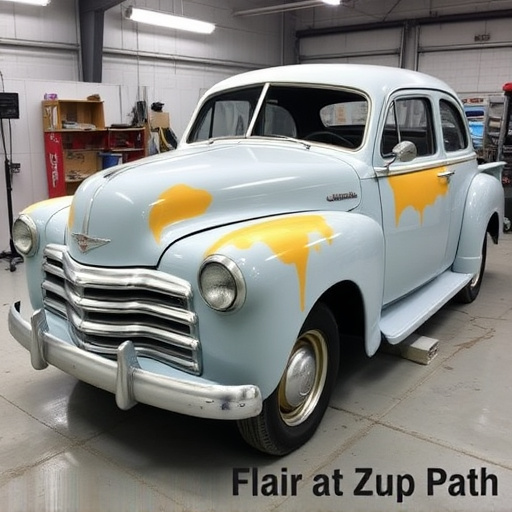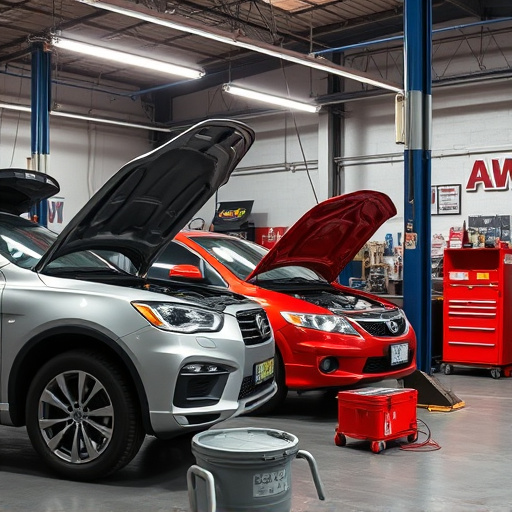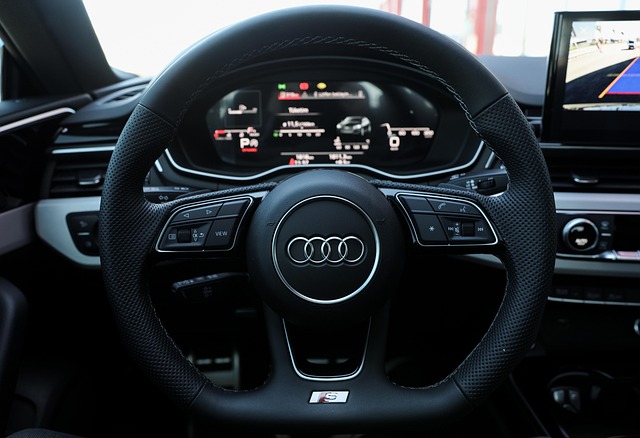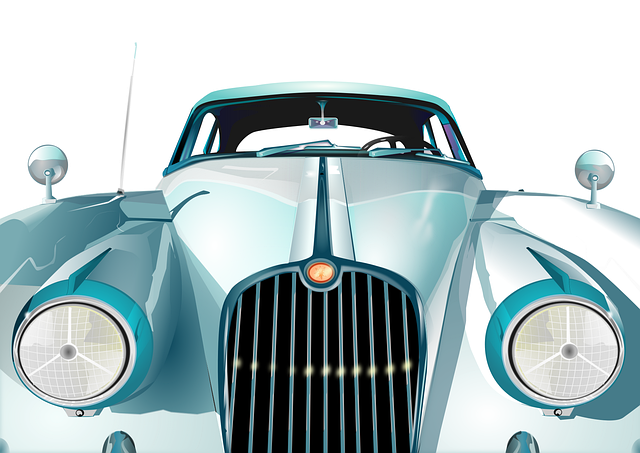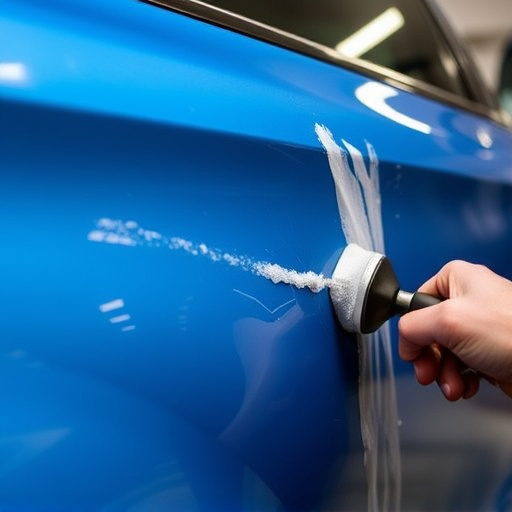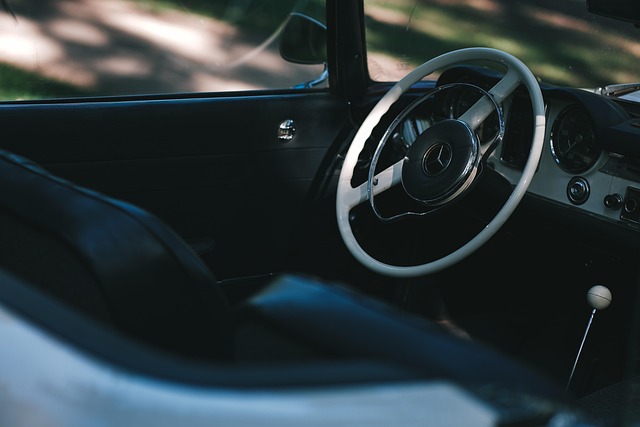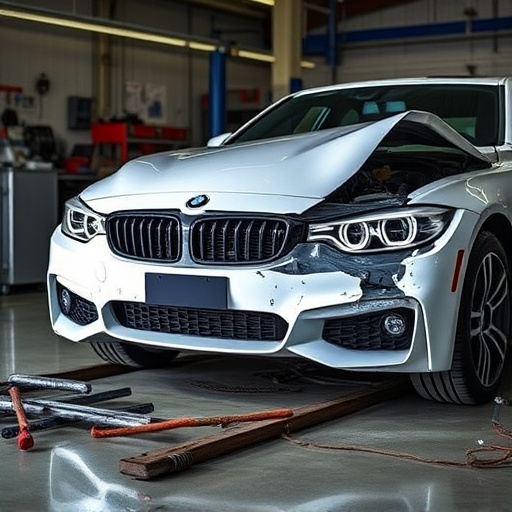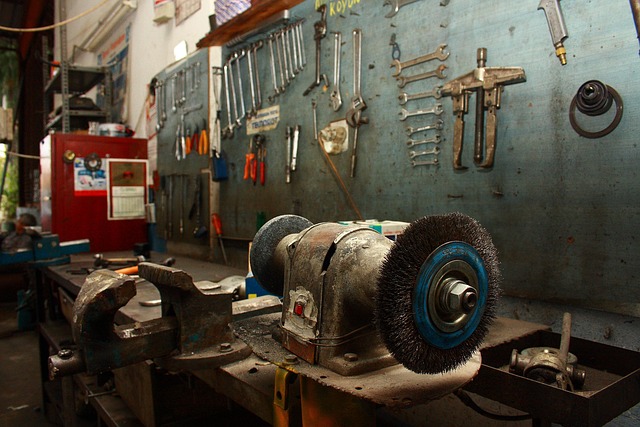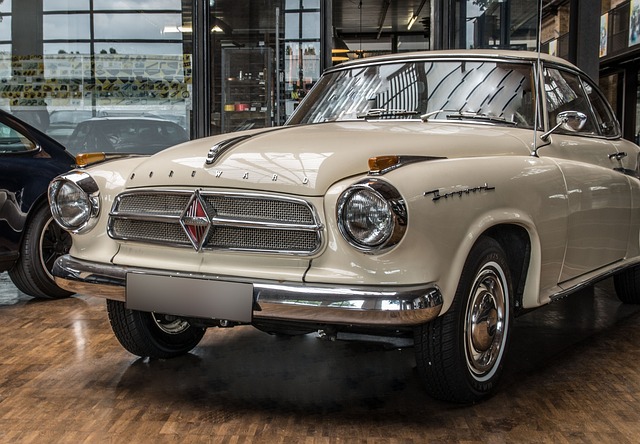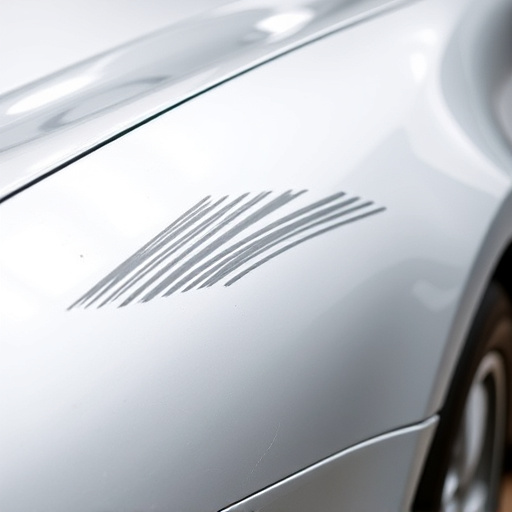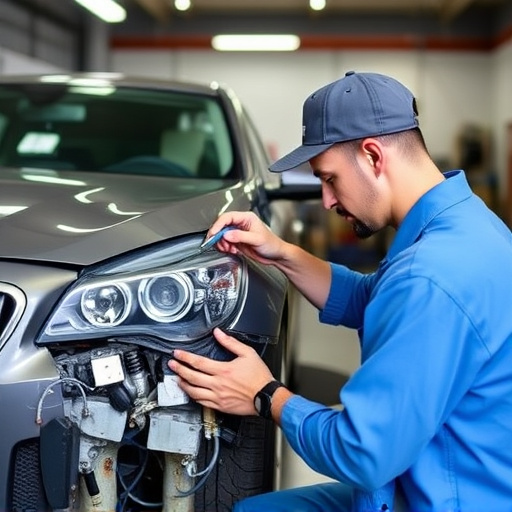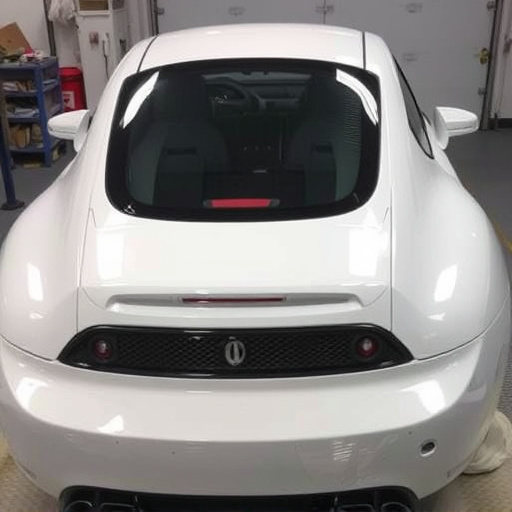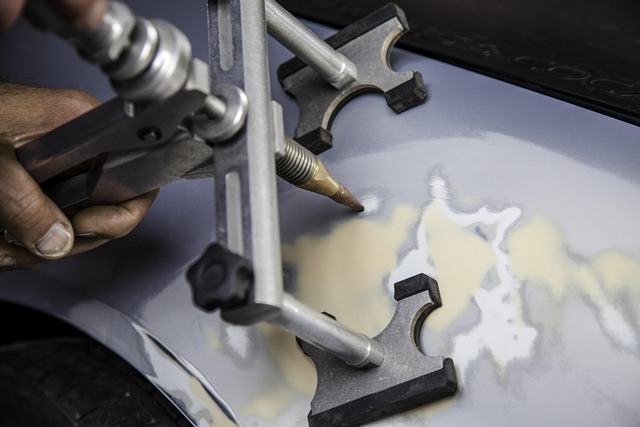Tesla prioritizes meticulous and innovative collision repair for minor incidents, focusing on structural integrity and advanced technology. The process begins with a thorough assessment, followed by precise repairs using genuine parts and certified technicians. Post-collision, Tesla tests and calibrates the Autopilot system to ensure optimal sensor, camera, and software functionality, guaranteeing safety and reliability in semi-autonomous driving conditions. After repair, rigorous testing and calibration, including simulation scenarios and advanced diagnostic tools, verify the Autopilot system's performance, enhancing drivers' experience and peace of mind. Professional auto body shops also perform meticulous restoration procedures for both safety and aesthetic appeal.
Tesla owners often wonder about the process of repairing their electric vehicles after a collision, especially regarding the advanced Autopilot system. This article delves into the intricacies of Tesla’s collision repair process, focusing on minor incidents and their impact on Autopilot functionality. We’ll explore post-collision assessments, the critical testing and calibration procedures to ensure safe Autopilot operation, and provide insights for owners navigating this unique aspect of Tesla maintenance.
- Understanding Tesla's Collision Repair Process
- Post-Collision Autopilot System Assessment
- Testing and Calibration for Safe Autopilot Operation
Understanding Tesla's Collision Repair Process
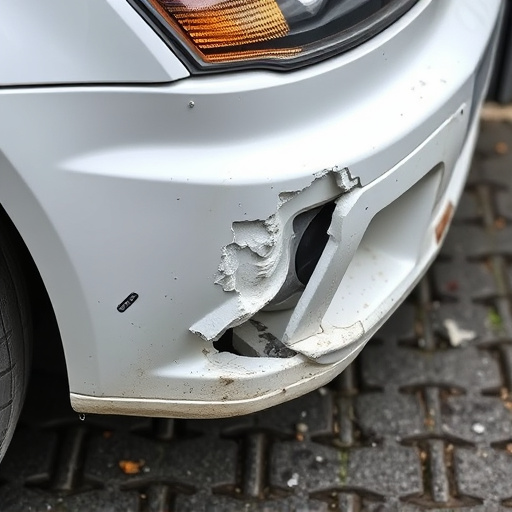
Tesla’s collision repair process is a meticulous and innovative approach to restoring vehicles, focusing on both structural integrity and advanced technology. When a Tesla experiences a minor collision, the company emphasizes the use of genuine parts and certified technicians to ensure precision and quality. The process starts with an initial assessment to determine the extent of damage, which can range from fender benders to more complex issues. For minor collisions, Tesla’s body shop services often involve straightforward repairs like fender repair and panel replacement, leveraging advanced manufacturing techniques for accurate fitting and seamless finishes.
The company’s commitment to vehicle restoration goes beyond structural repairs, as they meticulously test and calibrate the Autopilot system post-collision. This involves a series of checks to ensure that all sensors, cameras, and software components function optimally, ensuring the safety and reliability of Tesla’s semi-autonomous driving capabilities. By combining expert body shop services with rigorous testing, Tesla strives to maintain its high standards for both vehicle aesthetics and advanced driver-assistance systems.
Post-Collision Autopilot System Assessment
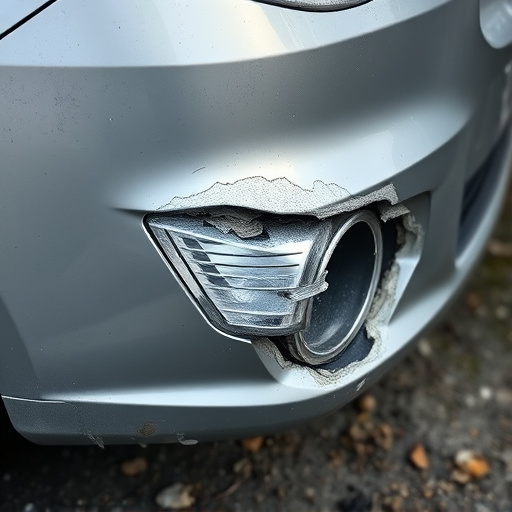
After a minor collision, one of the critical steps in Tesla minor collision repair is assessing and testing the Autopilot system. This involves a thorough examination to ensure that all sensors and cameras are functioning optimally, as they play a pivotal role in the vehicle’s advanced driver-assistance systems (ADAS). A qualified technician will perform a series of diagnostic checks to verify the health of the Autopilot hardware.
The process includes verifying the proper alignment and clarity of cameras, inspecting for any damage or debris on sensors, and running simulation tests to mimic real-world driving scenarios. This meticulous testing is essential to guarantee that the Autopilot system not only works correctly but also provides drivers with the expected level of safety and assistance. Ensuring these systems are in top condition is paramount, as it directly impacts the overall experience and peace of mind for Tesla owners navigating both urban and highway conditions.
Testing and Calibration for Safe Autopilot Operation
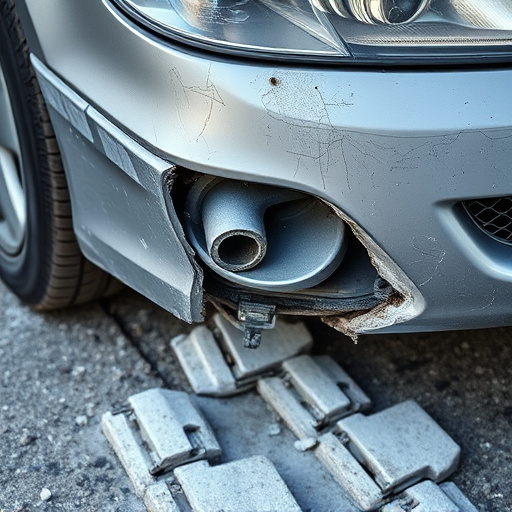
After a Tesla minor collision repair, meticulous testing and calibration are paramount to ensure the Autopilot system functions safely and effectively. This process involves simulating various driving scenarios to verify the system’s accuracy in detecting obstacles, maintaining lane positioning, and responding appropriately to traffic signals and other vehicles. Advanced diagnostic tools are employed to monitor the performance of sensors, cameras, and software components, ensuring they work in harmony for optimal autonomous driving capabilities.
Professional auto body shops specializing in Tesla minor collision repair also conduct rigorous vehicle restoration procedures, including precise auto painting and refinishing, to restore the car’s aesthetic appeal while maintaining its structural integrity. By combining these specialized services, owners can rest assured that their Teslas are not only safe to operate with enabled Autopilot but also look as good as new post-repair.
Tesla’s commitment to safety extends beyond its innovative Autopilot system. Efficient minor collision repairs, utilizing advanced techniques and genuine Tesla parts, play a crucial role in maintaining the vehicle’s performance and driver confidence. Thorough post-collision assessments of the Autopilot system ensure that all sensors and cameras function optimally, enabling safe and reliable autonomous driving. By combining swift minor collision repair with rigorous system testing, Tesla continues to set industry standards for both safety and customer satisfaction.
